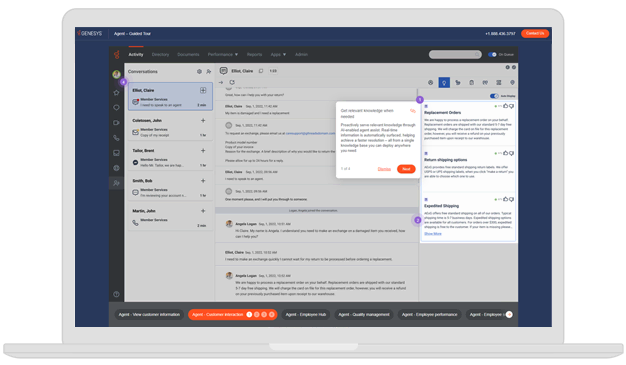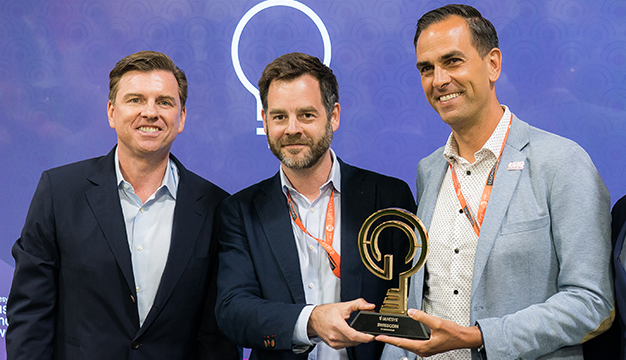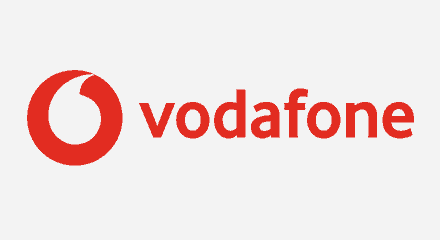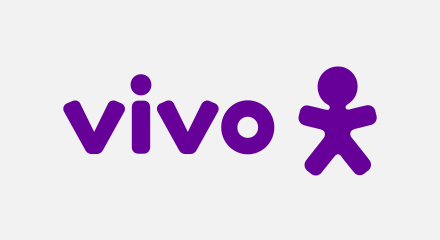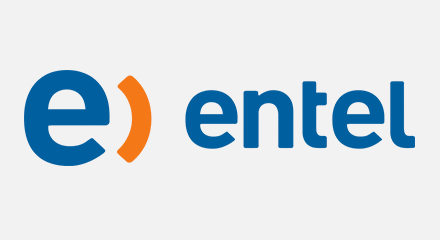Innovation partners
One of Switzerland’s most innovative and sustainable companies, Swisscom is the leading provider of mobile, network, internet and digital TV services for business and consumers.
Vital to its success are 4,000 sales and customer service agents who handle more than 50 million contacts annually, mostly incoming calls — in German, French, Italian and English. They also handle emails, chats and letters.
Those operations are powered by the on-premises Genesys™ solution, which also connects 16 contact centers with Genesys outbound, workload management, reporting, analytics and workforce engagement management tools. “We’ve been a long-term Genesys client for many years,” said Marcel Hischier, Product Manager Customer Interactions at Swisscom. “It’s more of a strategic relationship. We share the same passion for customer experience and regularly collaborate as innovation partners, coming up with ideas and experimenting.”
Building AI and machine learning into routing
Strong mutual interest lies in call routing; a subject Swisscom has turned into a science. The company uses it to not only reduce average handling time (AHT), but also ensure customers are connected the first time to agents with the right knowledge and skills. “Voice is our busiest channel, so the smallest improvements can make the biggest impact,” added Hischier. “Having built up experience of AI with our chatbots, we tested Genesys Predictive Routing to judge the future possibilities.”
Swisscom chose a 90-day fast-start pilot involving close to 1,000 agents in its German-speaking team. The pilot covered the first three stages of its four-stage approach:
- Discovery: Understand functions, benefits and metrics
- Predict and Prepare: Gather data
- Start Small and Get Ready: Select routing destinations and conduct A/B testing to see the effects
- Learn and Go Big: Expand use cases in short sprints using agile methodology
Offering services securely over hybrid cloud
Strictly adhering to data privacy laws, Genesys Professional Services helped feed data to the artificial intelligence (AI) engine using Swisscom performance information. All sensitive data was completely anonymized on site before it was sent to Genesys cloud-based AI services. Crucially, this meant algorithms were constantly updated and refined without the need for Swisscom to make any local system changes.



